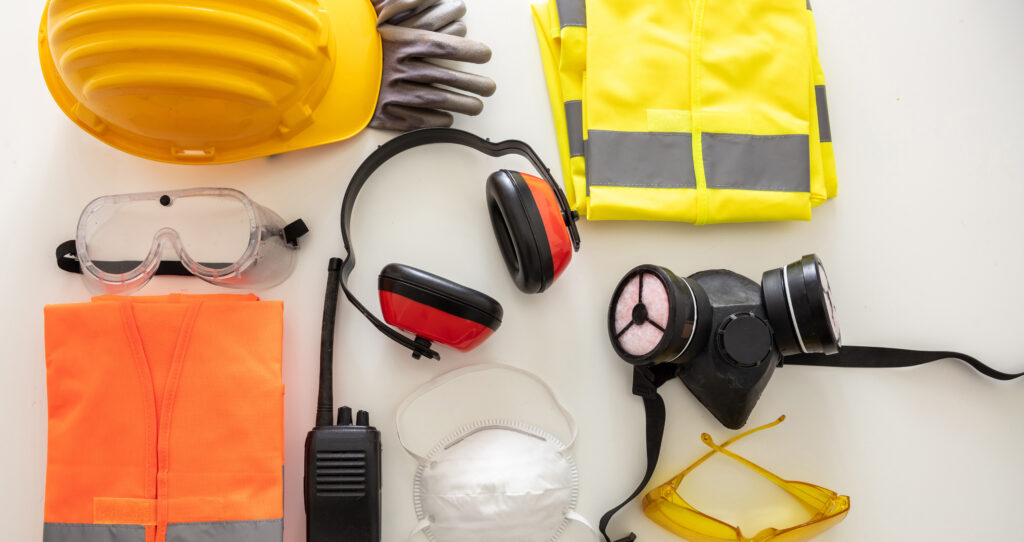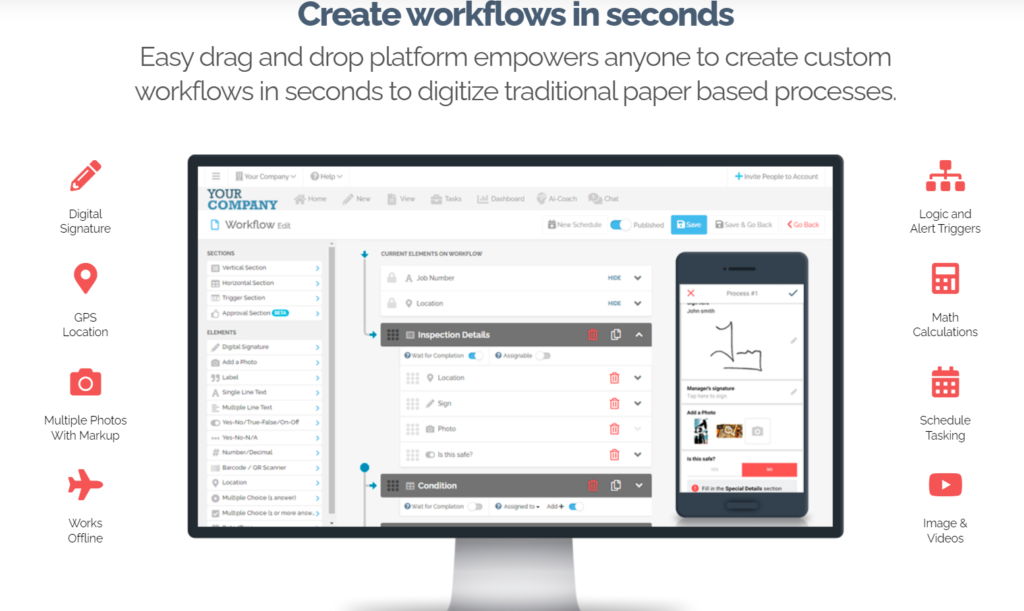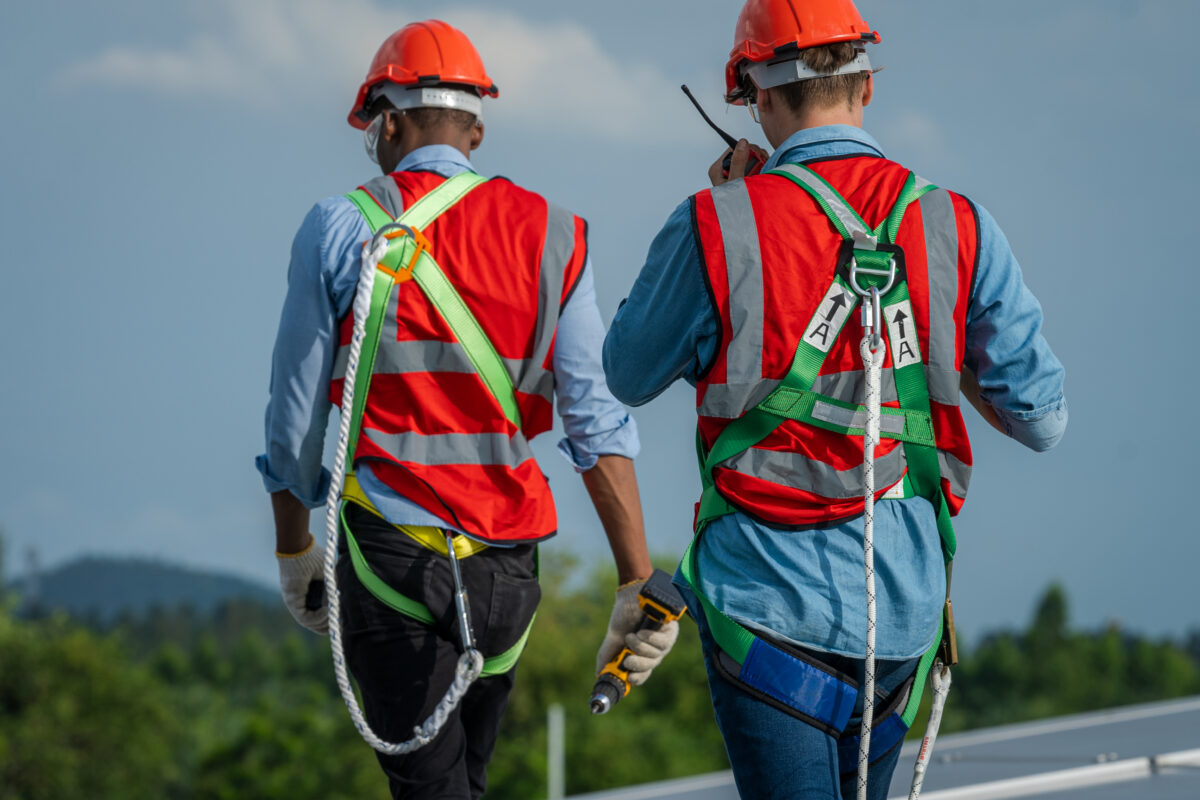Personal Protective Equipment (PPE) is more than just gear; it’s a crucial line of defense against workplace hazards that can cause serious injuries or illnesses. Whether you’re on a construction site, in a laboratory, or part of the bustling hospitality industry, understanding and implementing PPE safety protocols is vital. This comprehensive guide dives deep into Personal Protective Equipment Safety, covering every aspect you need to know to ensure your safety and compliance in the workplace.
Understanding Personal Protective Equipment (PPE)
What is Personal Protective Equipment?
Personal Protective Equipment, or PPE, encompasses a wide range of gear designed to protect workers from hazards that can cause injuries or illnesses in the workplace. These hazards can be physical, chemical, biological, radiological, or any situation that poses a threat to a person’s safety and health. From hard hats that shield the head from falling objects to gloves that protect the hands from chemical burns, PPE is the barrier that stands between a worker and potential dangers.
The Different Types of PPE

PPE can be categorized based on the body part it protects:
- Head Protection: Hard hats and bump caps.
- Eye and Face Protection: Safety glasses, goggles, and face shields.
- Hearing Protection: Earplugs and earmuffs.
- Respiratory Protection: Dust masks and respirators.
- Hand and Arm Protection: Gloves ranging from disposable latex to heavy-duty chemical-resistant gloves.
- Foot and Leg Protection: Safety boots and specialized footwear for protection against impacts, chemicals, and electric shocks.
- Body Protection: High-visibility clothing, lab coats, and full-body suits.
Regulations and Standards for PPE
In the United States, the Occupational Safety and Health Administration (OSHA) sets and enforces safety standards, including those for PPE. OSHA’s guidelines help ensure that PPE provides adequate protection against workplace hazards. Similarly, international standards, such as those from the International Organization for Standardization (ISO), offer guidelines to ensure PPE’s effectiveness and safety across the globe.
List of Key Standards for PPE:
- Head Protection: ANSI Z89.1
- Eye and Face Protection: ANSI Z87.1
- Hearing Protection: ANSI S3.19
- Respiratory Protection: NIOSH Certification 42 CFR Part 84
- Hand Protection: EN 388
- Foot Protection: ASTM F2413
Understanding PPE is the first step towards creating a safer workplace. By familiarizing yourself with the types of PPE and adhering to the standards, you can ensure that you and your team are well-protected against potential hazards.
Selecting the Right PPE

Assessing Workplace Hazards
Before selecting PPE, it’s crucial to conduct a thorough hazard assessment of the workplace. This involves identifying potential sources of injury or illness, which could range from flying debris and chemical splashes to loud noise and biological contaminants. A hazard assessment should be methodical and include input from various stakeholders, including safety officers, workers, and management.
PPE Selection Criteria
Once hazards are identified, the next step is selecting the appropriate PPE. This decision should be based on several factors:
- Type of Hazard: Choose PPE that is specifically designed to protect against the identified hazards.
- Level of Protection Needed: Consider the severity of potential injuries and select PPE that provides adequate protection.
- Comfort and Fit: PPE that is uncomfortable or ill-fitting is less likely to be worn consistently. Ensure that PPE fits well and is comfortable for long-term use.
- Compatibility with Other PPE: Ensure that all pieces of PPE can be worn together without compromising their protective features.
The Role of Ergonomics in PPE Selection
Ergonomics plays a vital role in the effectiveness of PPE. PPE that aligns with the user’s body and movements can significantly reduce the risk of discomfort, fatigue, and workplace injuries. For example, ergonomic gloves can enhance grip and reduce hand fatigue, making them a critical consideration for jobs requiring manual handling.
Proper Use of Personal Protective Equipment

Training for PPE Use
Effective PPE use requires proper training. This includes educating workers on the correct way to wear, adjust, and use their PPE. Training should also cover the limitations of PPE, ensuring workers understand what their gear can and cannot protect against.
Donning and Doffing Procedures
Correct donning (putting on) and doffing (taking off) procedures are crucial to ensure PPE’s effectiveness. For example, there’s a specific order to follow when putting on PPE to prevent contamination, especially in environments with biological hazards. Similarly, there’s a safe way to remove PPE to avoid contact with contaminated surfaces.
Tips for Maximizing PPE Effectiveness
- Regularly inspect PPE before use to ensure it’s in good condition.
- Replace PPE at the first sign of wear or damage.
- Follow manufacturer’s instructions for the care and use of PPE.
Maintenance and Care of PPE
Inspection and Maintenance Guidelines
Routine inspection and maintenance are key to ensuring PPE continues to provide the intended level of protection. Workers should be trained to inspect their PPE for signs of damage or wear and to perform basic maintenance, like cleaning and minor repairs, according to manufacturer guidelines.
Cleaning and Storage
Proper cleaning and storage are essential to prolong the life of PPE. For instance, respirators should be cleaned after each use to prevent the buildup of contaminants. Similarly, safety glasses should be stored in a clean, dry place to avoid scratches and damage.
When to Replace PPE
PPE should be replaced when it shows signs of significant wear, when it no longer fits properly, or when it fails to provide the required level of protection. Staying vigilant about the condition of PPE is crucial for safety.
Special Considerations for PPE Safety
PPE in Extreme Conditions
Using PPE in extreme conditions, such as high temperatures or hazardous environments, requires additional considerations. For instance, heat-resistant gloves are essential for workers exposed to high temperatures, while cold weather conditions may require insulated boots and clothing.
Addressing Common PPE Challenges
Common challenges like discomfort, reduced dexterity, and visibility can often be mitigated by selecting the right PPE. For example, anti-fog coatings on safety glasses can improve visibility, while ergonomic design can enhance comfort and dexterity.
FAT FINGER and PPE Safety: A Perfect Match

FAT FINGER safety software provides a comprehensive solution for managing all aspects of PPE safety in the workplace. By digitizing safety checklists, inspections, and training modules, FAT FINGER brings efficiency and accuracy to safety management tasks. Here’s how FAT FINGER can enhance PPE safety:
- Digital Checklists for PPE Inspections: With FAT FINGER, companies can create and deploy digital checklists for regular PPE inspections. This ensures that all PPE is routinely checked for damage, wear, and compliance with safety standards, reducing the risk of equipment failure and enhancing worker protection.
- Training and Compliance Tracking: FAT FINGER enables organizations to track training completions and compliance requirements for all employees. This feature ensures that every worker is up-to-date on how to properly use, don, and doff their PPE, as well as understand its limitations and maintenance requirements.
- Maintenance and Replacement Schedules: The software can help manage maintenance schedules for PPE, reminding responsible parties when equipment needs to be serviced or replaced. This proactive approach prevents the use of outdated or damaged PPE, maintaining the integrity of the safety program.
- Real-Time Data and Reporting: FAT FINGER offers real-time data collection and reporting capabilities, allowing safety managers to monitor PPE usage, compliance rates, and inspection results. This instant access to information facilitates quick decision-making and adjustments to the PPE program as needed.
- Enhancing Safety Culture: By integrating FAT FINGER into PPE safety efforts, companies demonstrate a commitment to safety and compliance. This technology not only makes it easier for employees to adhere to safety protocols but also fosters a culture where safety is prioritized and valued.
Start Transforming Your Processes Today: Explore how FAT FINGER can empower your transition with digital procedures and unlock new levels of efficiency and cost-effectiveness in your safety, operations and maintenance. Visit FAT FINGER for more information and to schedule a demo.


